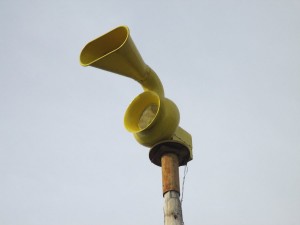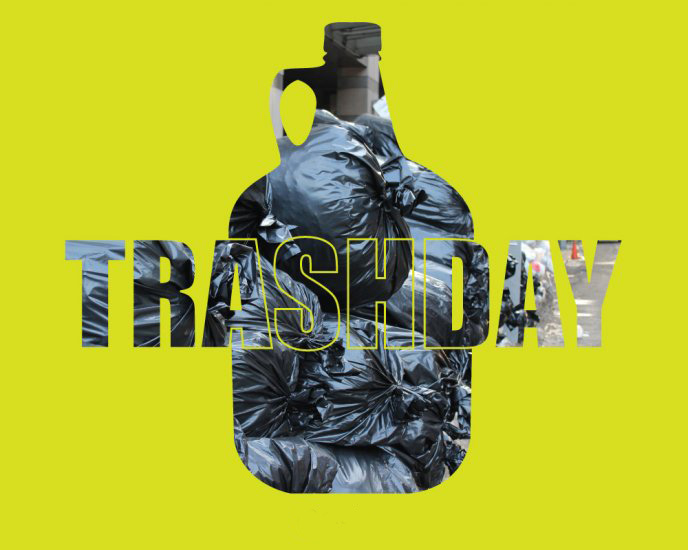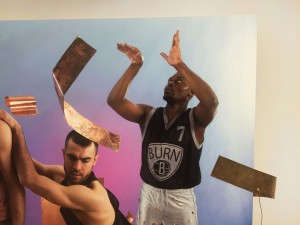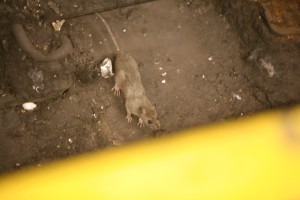Acoustic Infrastructure
Eyebeam
Research

An ACA Allertor 125 Civil Defense Siren found in downtown Los Angeles.
5-8PM
RSVP
All are welcome to an intimate conversation and sounding on the concept of “acoustic infrastructure”. How does sound create space, and what are the politics of public address—or of P.A.?
We plan to read and discuss excerpts from the current issue ofcontinent.. Elements, ideas, and interlocutions from visitors and invitees for deviations are more than welcomed.
Guests include contributors to the current issue of continent: Shannon Mattern, Jacob Gaboury, Julie Beth Napolin, Orit Halpern, Jamie Allen, Paul Boshears, Isaac Linder, amongst others.
Suggested Readings
Douglas Kahn, Earth Sound Earth Signal
D. Graham Burnett, The Signing of the Grid
Georgina Born, After Relational Aesthetics (on Jens Hanning’s 1994 “Turkish Jokes”)
During the symposium, visual artists Kenya (Robinson) and Doreen Garner will bring their radio show #trashDay to the Eyebeam restrooms—a bit of input for your output and an alternative to the screen scroll that now accompanies the daily flush. #trashDay elevates the vernacular of urban fiction, reality television, gossip publications, social dance, and fashion, and uses it as a point of departure for satire and social commentary.
This symposium is the second in a two-part series. The first part was an exhibition. Acoustic Infrastructure is organized by Eyebeam (alum Jamie Allen with Michael Clemow) with DIAS Kunsthal (Morten Søndergaard with Rasmus Vestergaard). Read the accompanying issue of Continent journal.Critical support was provided by the National Endowment for the Arts.



